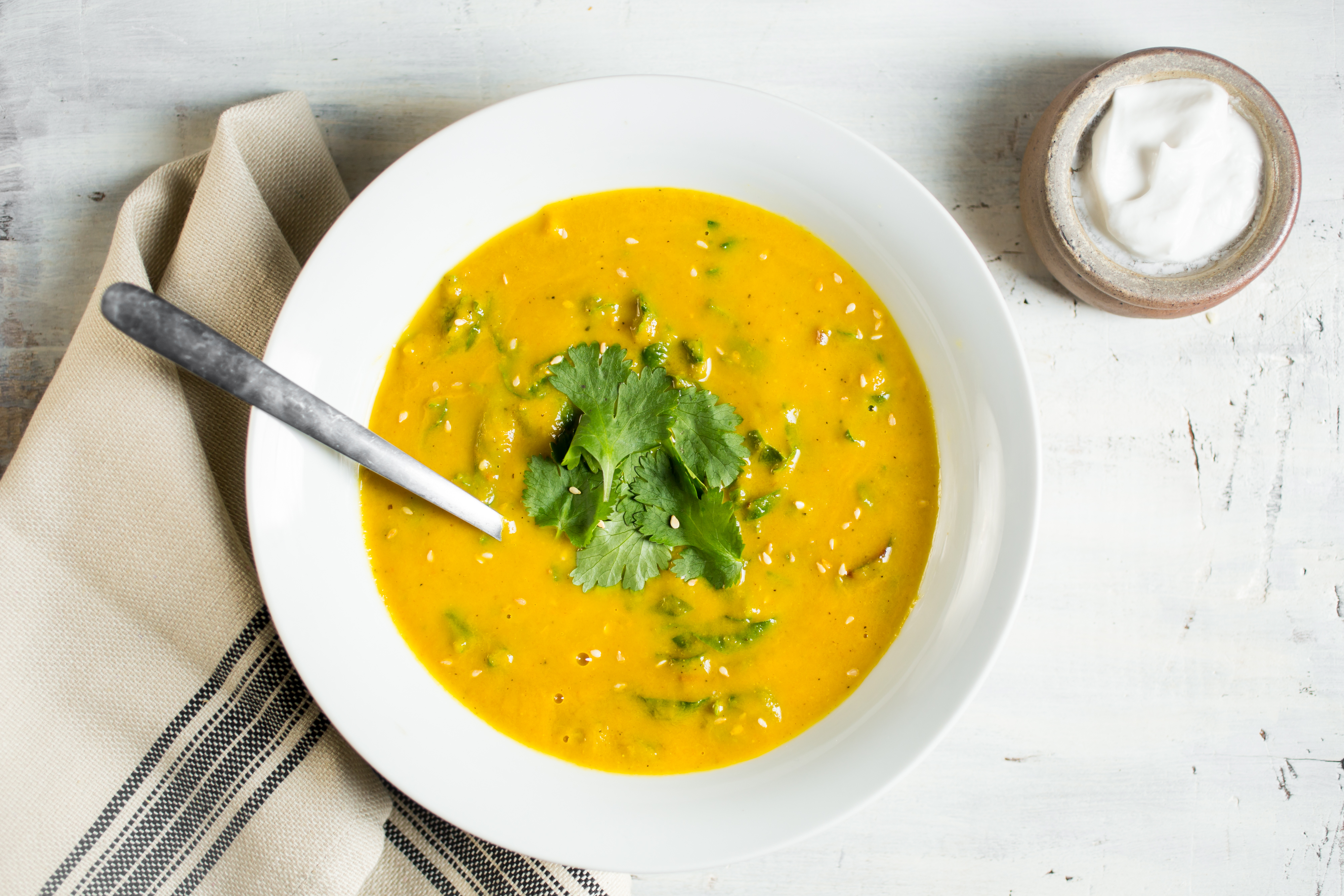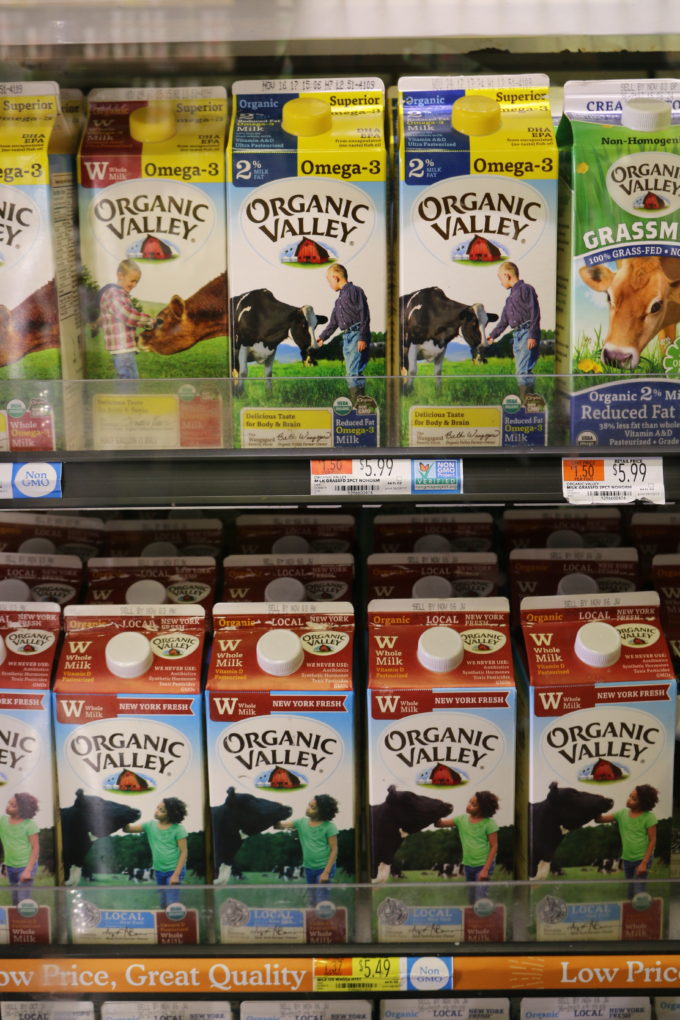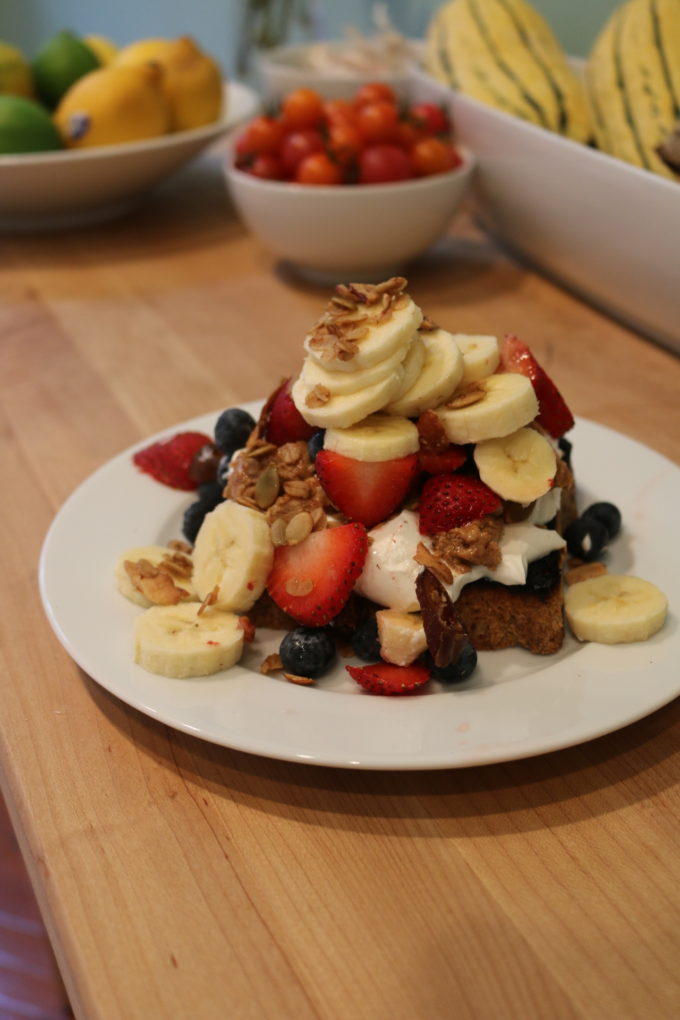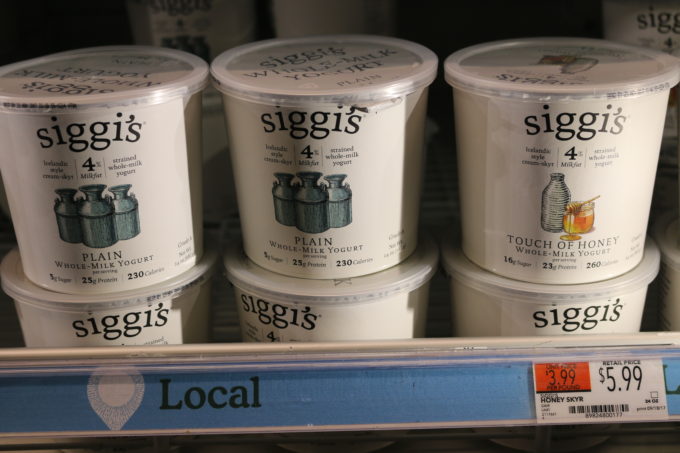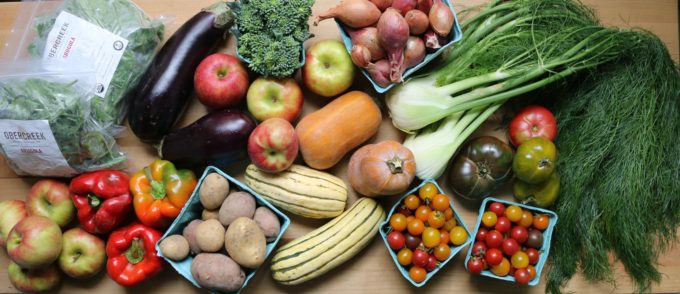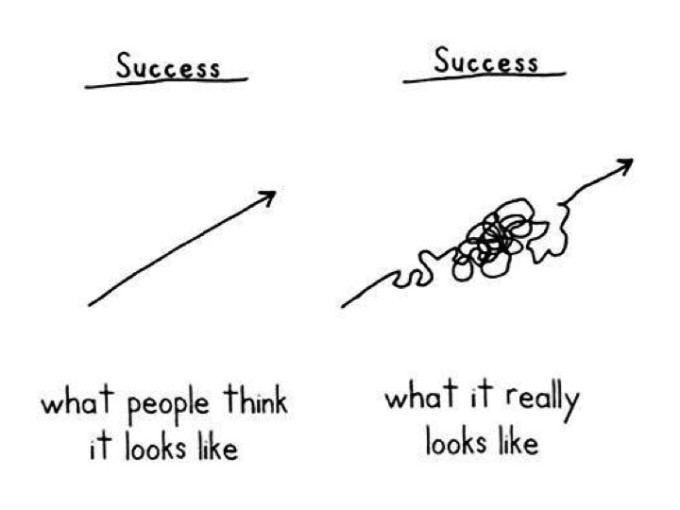“Healthy” food is having its day. It seems like there’s a new Sweetgreen, By Chloe or juice bar along those lines opening up each time you turn your head in New York City. Bon Appetit has launched a new brand and site, Healthyish, to “cover wellness through the lens of food.” Eighteen of Amazon’s 20 top selling cookbooks have a health focus. The hashtag #cleaneating has over 29.5 million posts and counting on Instagram. People are connecting the dots between how they eat and how they feel.
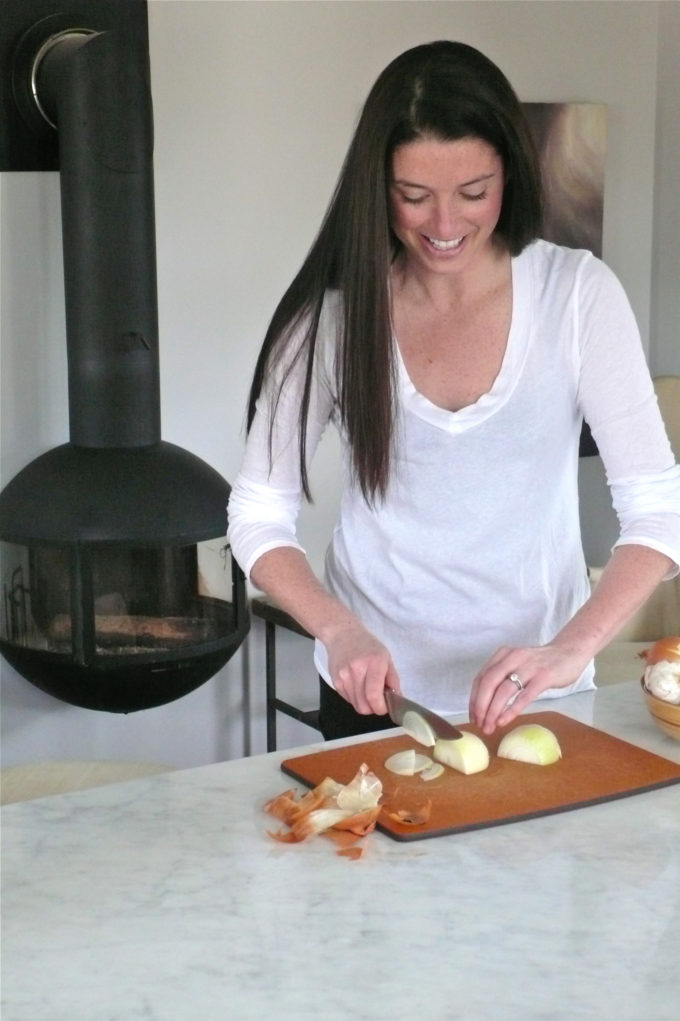
On the one hand, this is awesome. Think about it, we literally are what we eat. Every strand of hair, follicle of skin and organ in our bodies is made up of the building blocks provided by what we eat. I don’t know whether that fact will ever stop fascinating me. The more people realize and celebrate this, the better.

On the other hand, some of what I see makes me uneasy. The more interest there is in healthy eating, the more commoditized it becomes. Many of those making a business around it, whether as an Instagram celebrity or as a food company, are not as informed as they purport. They claim that their way of eating, or their product offers the optimum diet. Conviction is easier to sell.
“It is the least substantiated, most uninformed opinions about how to eat that will come at you with the greatest conviction. That’s your first clue that something is awry, because true expertise always allows for doubt.”
– Dr. David Katz, Founding Director of the Yale-Griffin Prevention Research Center
The truth is, there is not one way to eat well. Envision eating on a spectrum. On one end are diets lacking anything that would make you feel good or keep you healthy. Think Doritos for breakfast, burger/fries for lunch and pizza for dinner. On the other end are more whole foods-based diets. Think tons of produce, lean proteins, whole grains and legumes, etc. There are endless ways to eat poorly and endless ways to eat well. If you are operating at the healthy end of the spectrum, there should be no anxiety around doing things “right” or “wrong”.
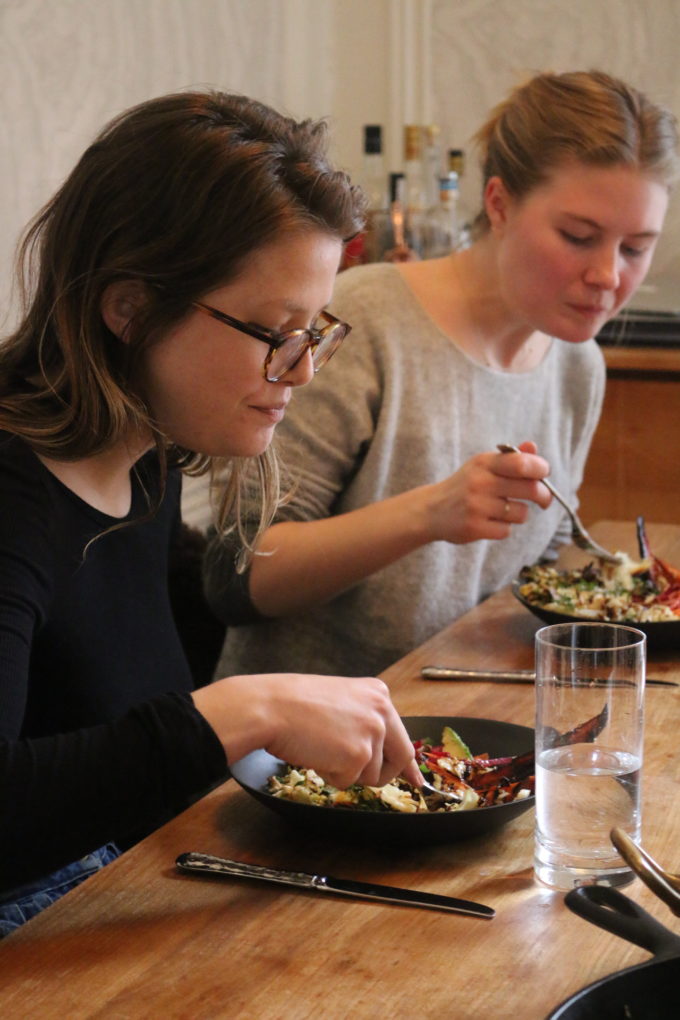
As a company, we strive to help our clients eat better no matter their choice of diet. We have clients who are vegan and animal-protein obsessed, gluten-free and grain-loving, dairy-averse and cheese-loving…you get the point. None are innately healthier than the other. It comes down to personal choice.
As a team, we enjoy all foods. Most of the time you’ll catch us crushing veggies but we never turn our noses up to a plate of the best fries or a good dessert. The former isn’t #cleaneating because it implies the latter is somehow dirty. It’s not! Its balanced. This isn’t “healthyish”. It’s healthy.
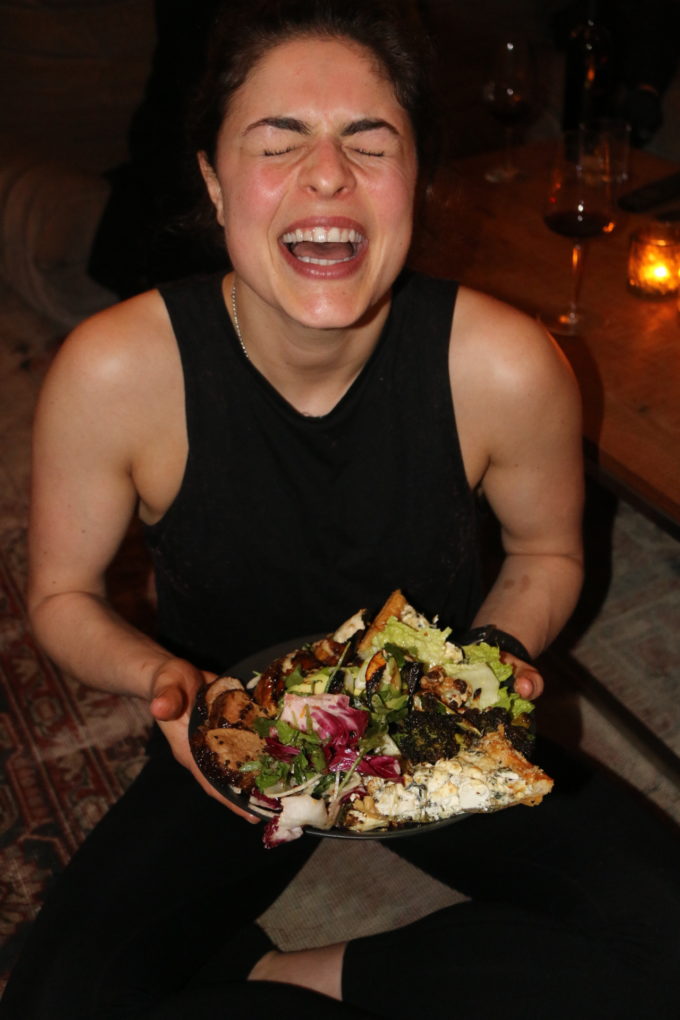
As this movement continues to boom, take heart in knowing that you’re probably already doing most things right. The devil is not in the details. And remember that while food is certainly a vehicle for health, it’s also about pleasure, culture and community. Enjoy it for all it has to offer!
With love always, xo Laura

